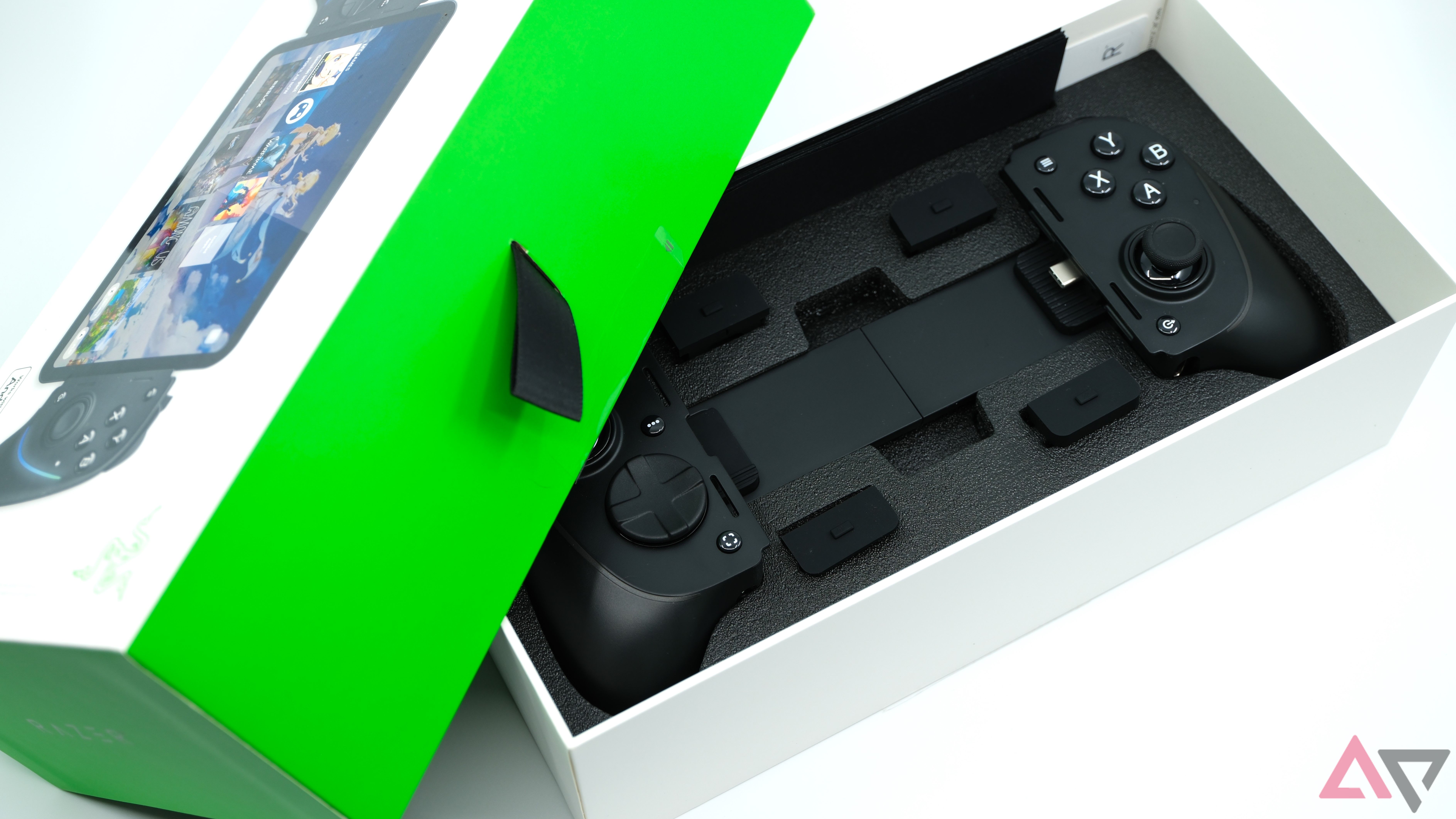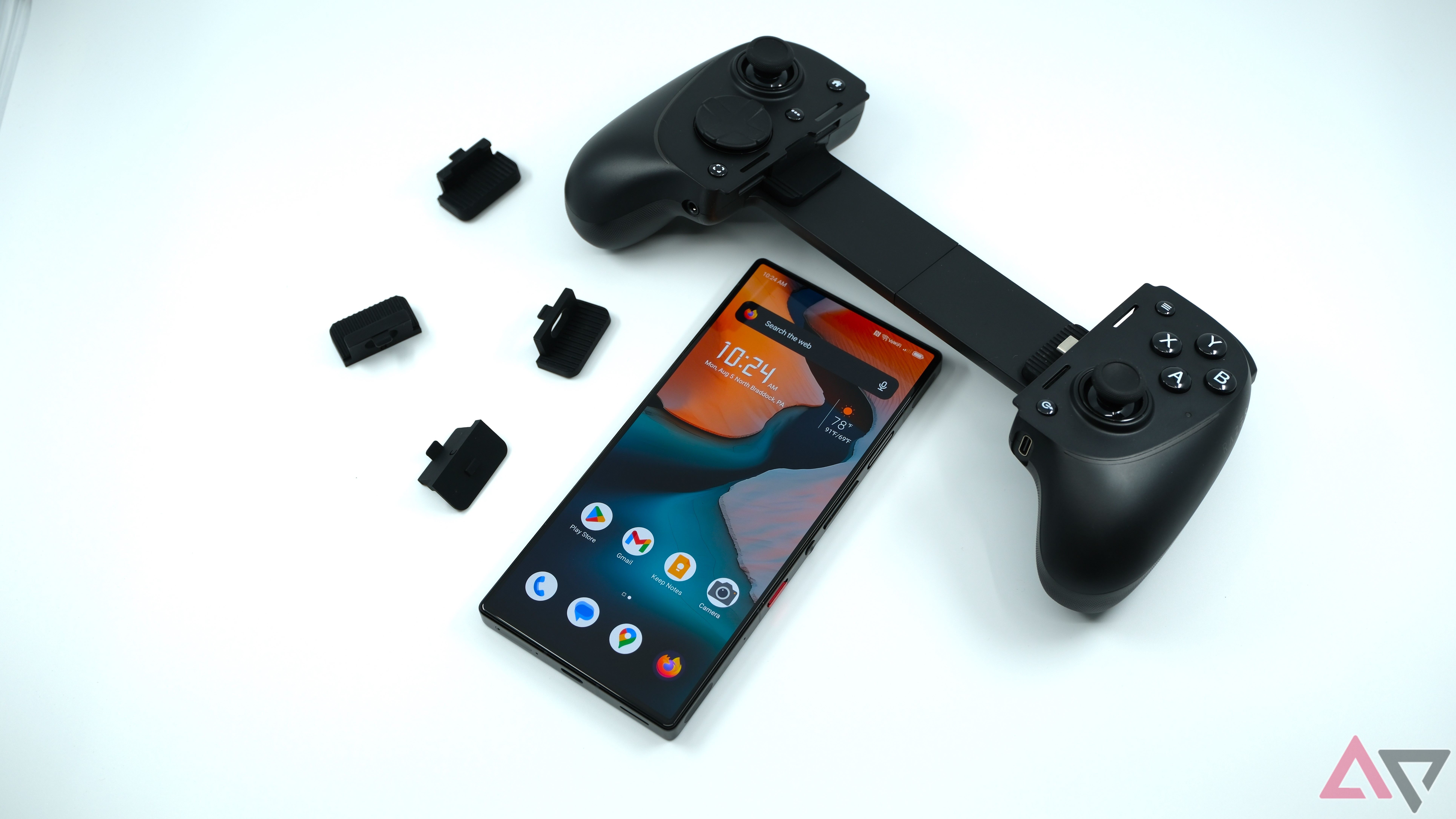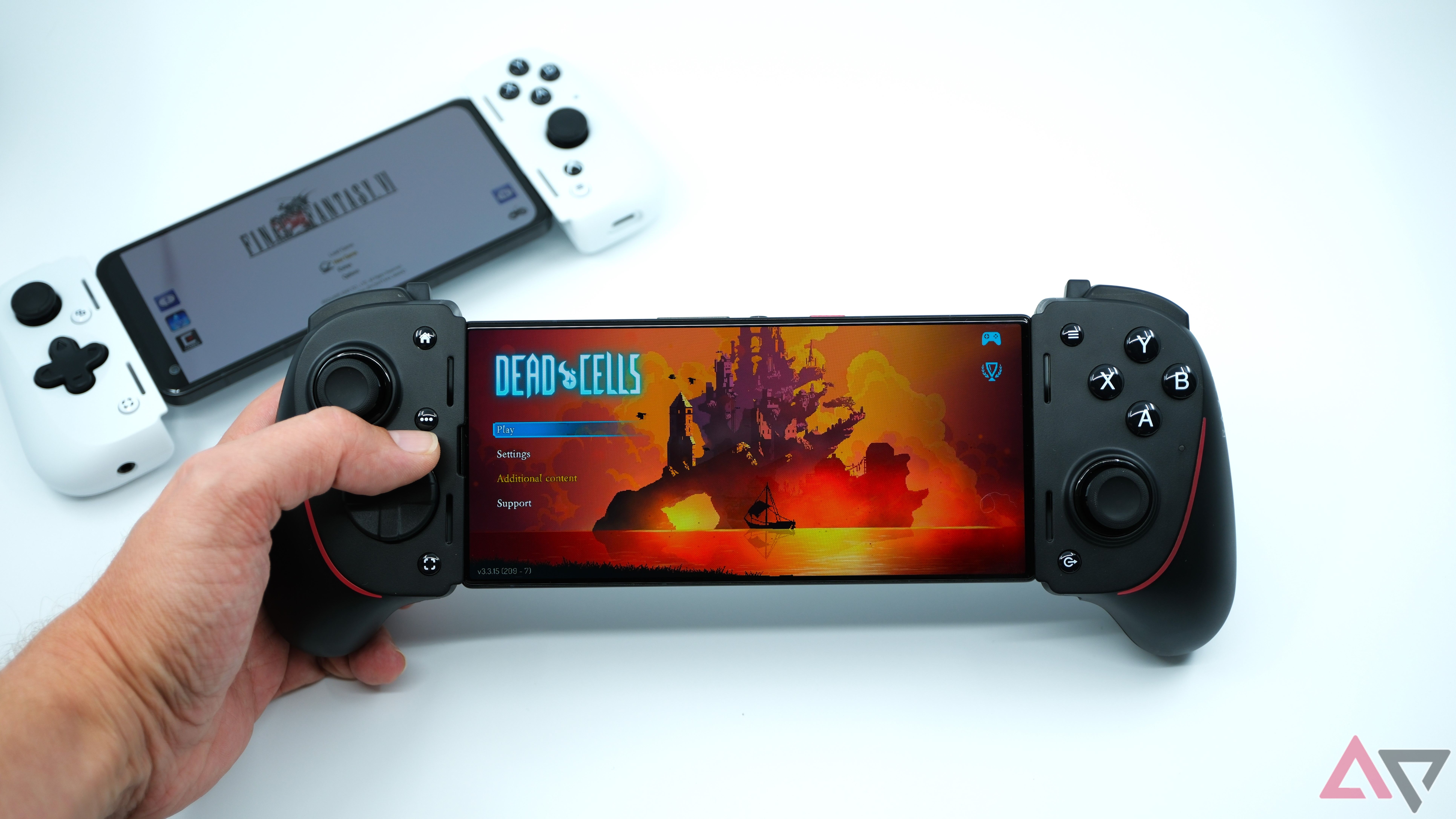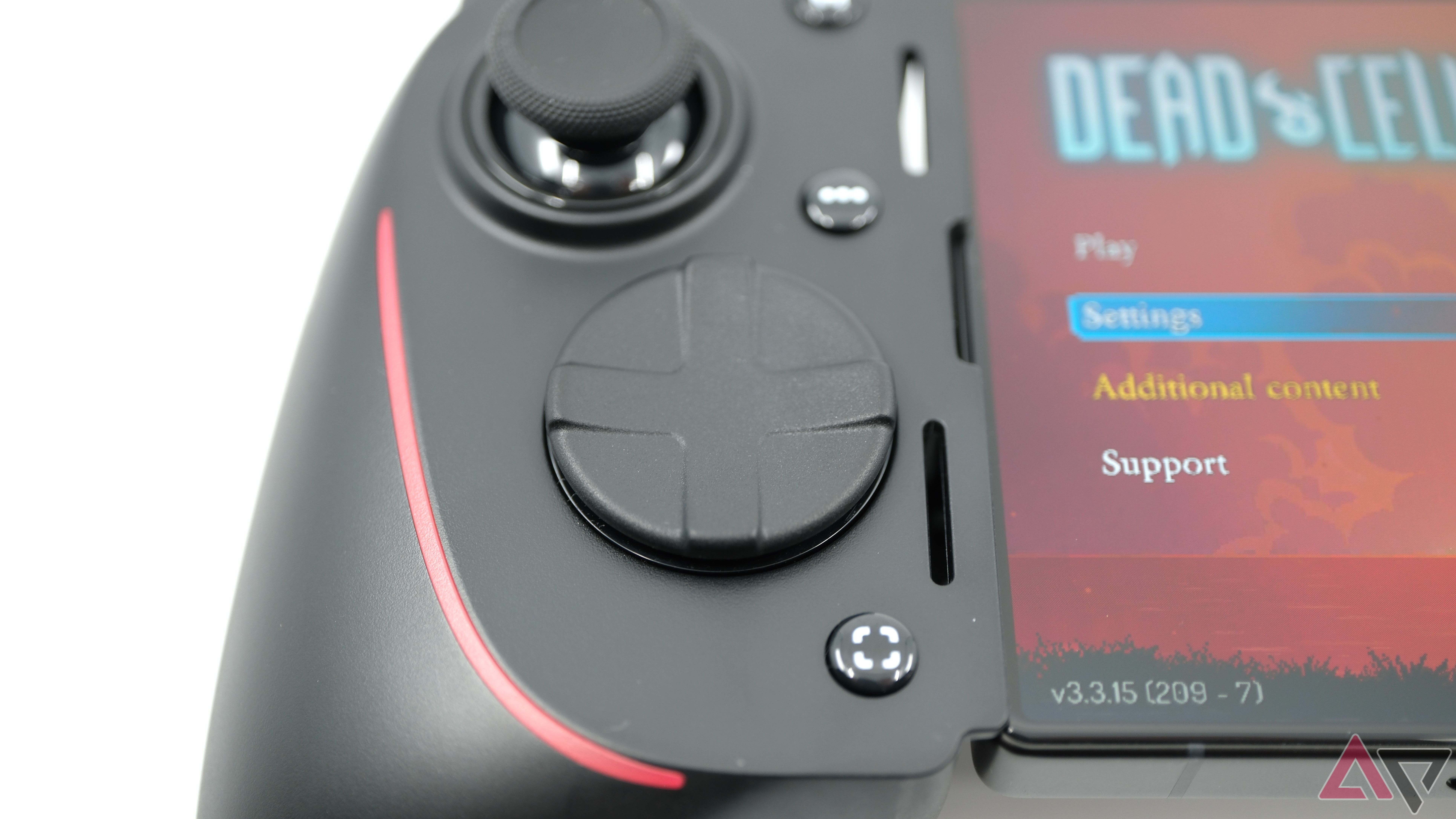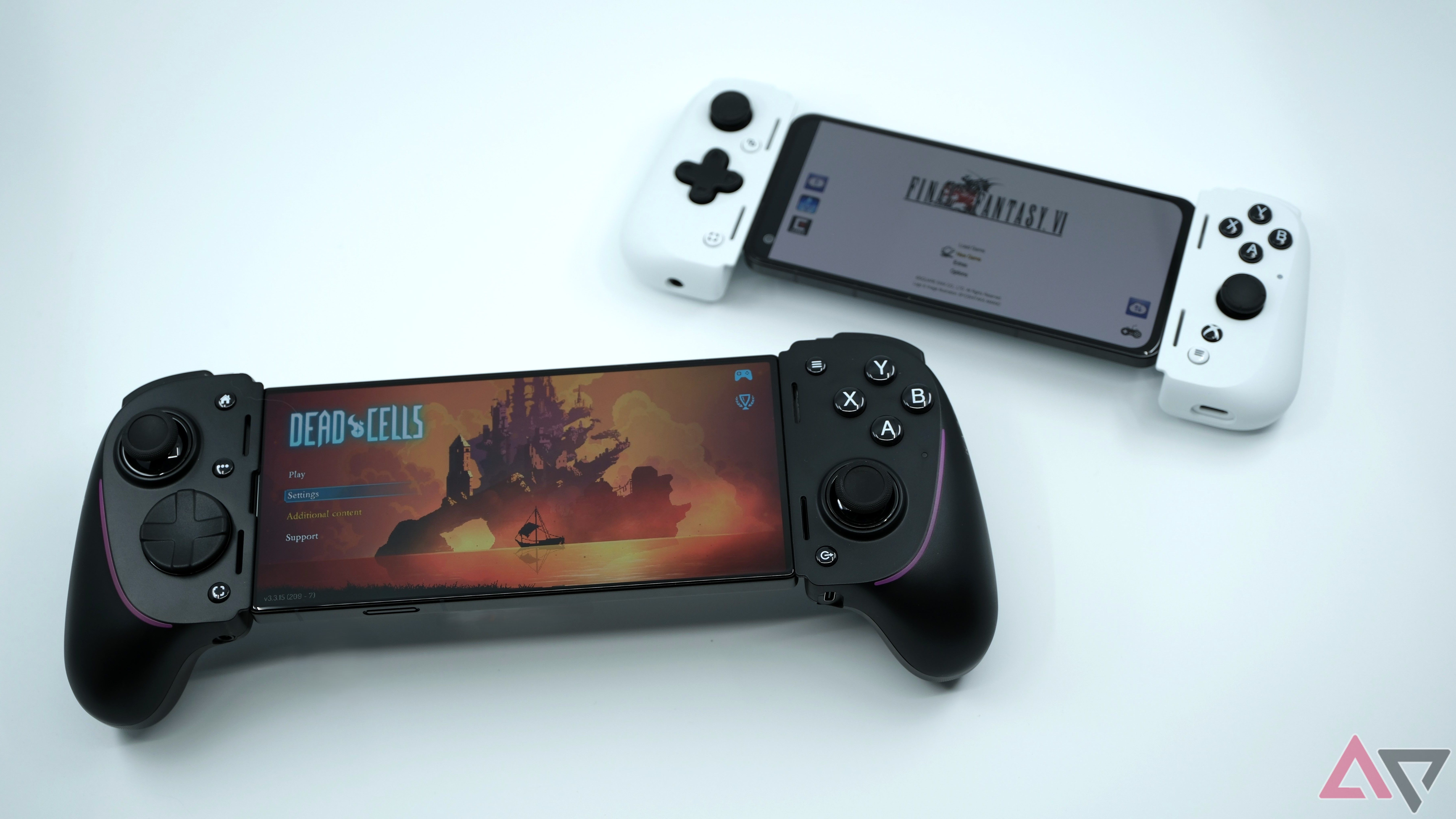The Razer Kishi Ultra may look familiar, and that’s because it’s a larger version of the standard Kishi V2, with full-sized thumbsticks and large grips for easy handling. The larger size offers support for larger devices (up to 8 inches), which means this controller can work across Android and iOS with any device 8 inches or smaller. So yes, an iPad Mini will fit, same as a folding phone, though larger tablets are still left out. All in all, Razer is still proving itself as an excellent peripheral manufacturer, and now that you’re not locked into one platform, the Razer Kishi Ultra has positioned itself as one of the best controllers for mobile currently available, even topping the Backbone One. So, let’s explore why that is.
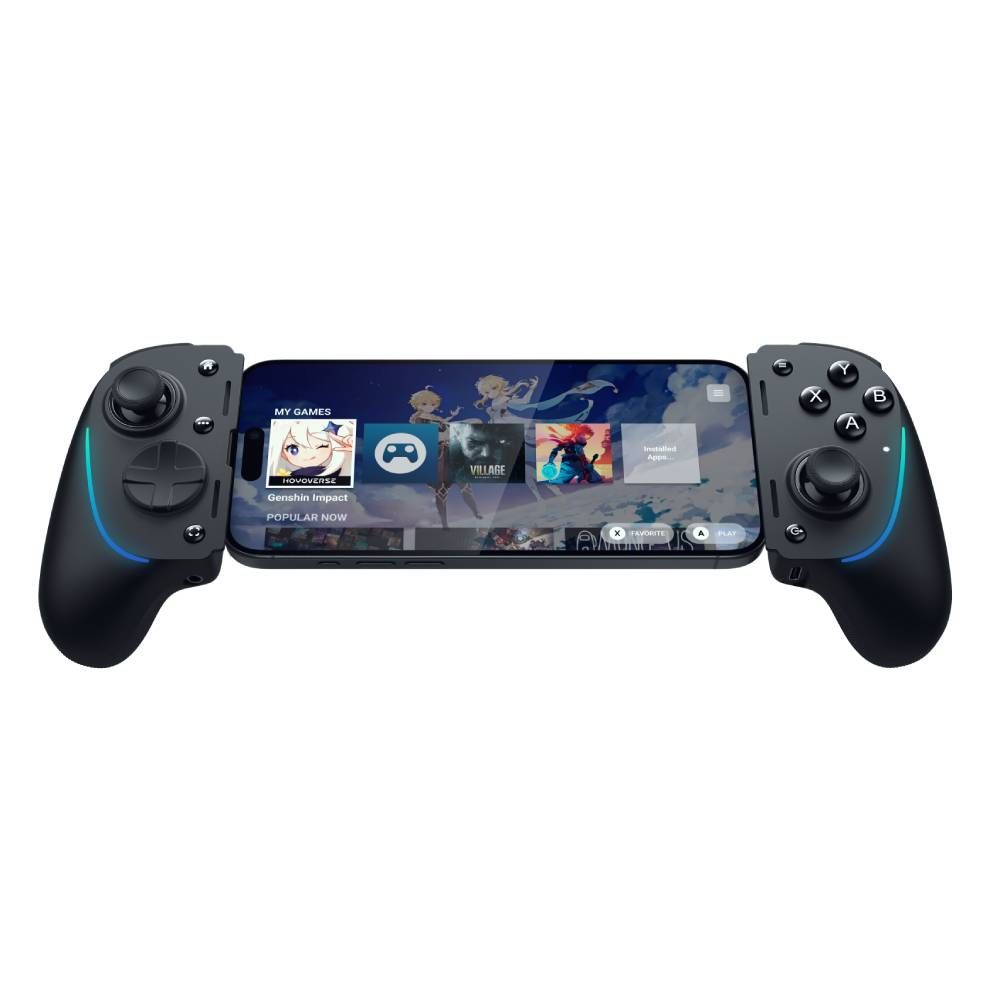

Editor’s choice
Razer Kishi Ultra
The Razer Kishi Ultra improves on the V2 by offering a full-sized controller that’s basically split in two so you can slide your phone in the middle. The larger size allows for a more comfortable grip, along with full-size controls, ensuring gaming sessions feel and control the same as the console controllers you are used to.
- A shape and size everyone is used to
- Works with Android and iOS
- Companion app for tweaking settings
- Not as portable as the V2
- LEDs are kind of pointless
- Only works wired, no wireless
Price, availability, and specs
The Razer Kishi Ultra is readily available on Razer’s store as well as on Amazon and Best Buy, selling for $150. There appear to be no shortages; anyone can buy one at any time, though the price may be a hurdle for some, so you may want to wait for a sale. What you get in return, however, is one of Android’s best controllers, which explains the high price.
What’s good about the Razer Kishi Ultra?
Almost too much to name
There is a lot that is good about the Ultra, but the first thing everyone will notice is that the size and grips are much more comfortable for long gaming sessions. Sure, we lose some portability with the change in size, but what we gain is worth it. Not only are the grips much grippier and pleasing in hand, but the full-size thumbsticks are familiar to anyone used to console controllers, which, to me, equates to better controls with a range of motion I’m plenty familiar with, something I’d expect from any of the best mobile controllers.
The controller’s larger size is also what allows for a larger expandable rear that can fit much bigger devices than the OG Kishi and the V2. This is how Razer is able to support tablets and foldables with screens that are up to 8 inches in size, a very welcome improvement that opens up mobile gaming possibilities with wider support.
One size may not fit all, but that is why Razer packs in a bunch of rubber wedges in multiple sizes, so you can determine just how easily your devices slide in and out of the controller. This ensures your electronics will stay put, a welcome reassurance for those of us who game rather animatedly.
Of course, what good is a controller if few games support it? Thankfully, through rigorous testing, I have confirmed the controller works with a great many titles that support controllers. And Razer has your back for touchscreen titles, too, with a feature that lets you custom set the controller’s physical controls to any software buttons on the screen.
This way, you can program your controls for titles like Genshin Impact that don’t offer native controller support on Android, and I can say the implementation works a treat. This means the Razer Kishi Ultra can be used with any mobile game, which sure widens possibilities when it comes to mobile gaming.
What’s bad about the Razer Kishi Ultra?
Size and cost are the biggest caveats
Well, for one, if you’re not a fan of larger controllers, especially for your mobile controller, you may bounce off the size of the Ultra. Not only are the two sides rather large, but so too is the longer sliding mechanism, which all adds up to something that isn’t incredibly pocketable. I don’t mind, as I primarily game at home, but I can see it being an issue for a few.
Price is another issue. This controller isn’t cheap at $150, which is bordering on the price of much fancier stuff, like Xbox’s Elite controller. Still, you do get what you pay for, and so the price will be warranted for some. But at the end of the day, this may be a controller you may wait to snag until it is on sale, which is assuredly coming as we inch closer to the holidays. For those of you who are impatient, well, there is certainly a price to pay.
And if I really had to nitpick one more thing, I’d say I’m not a fan of the d-pad design. I simply don’t like round d-pads. I prefer the old-school cross, and while that design may be tougher on the thumbs, it is what I prefer and am accustomed to. So, dipping into fighting games left me on the back foot, as I had to get used to using a round d-pad. Sure, it controls well, but my muscle memory just doesn’t gel with the design.
And the lack of Bluetooth may be a turn-off for some. I personally prefer wired connections for the least amount of latency, which does matter in competitive games, but the lack of a battery and Bluetooth does mean you are limited to using the controller wired. Thankfully, you can plug a USB into the controller and your PC, and things work as expected, but you’ll always be tethered, something many of the newer split controllers have remedied with wireless capabilities, like the Turtle Beach Atom and the GameSir X4 Aileron.
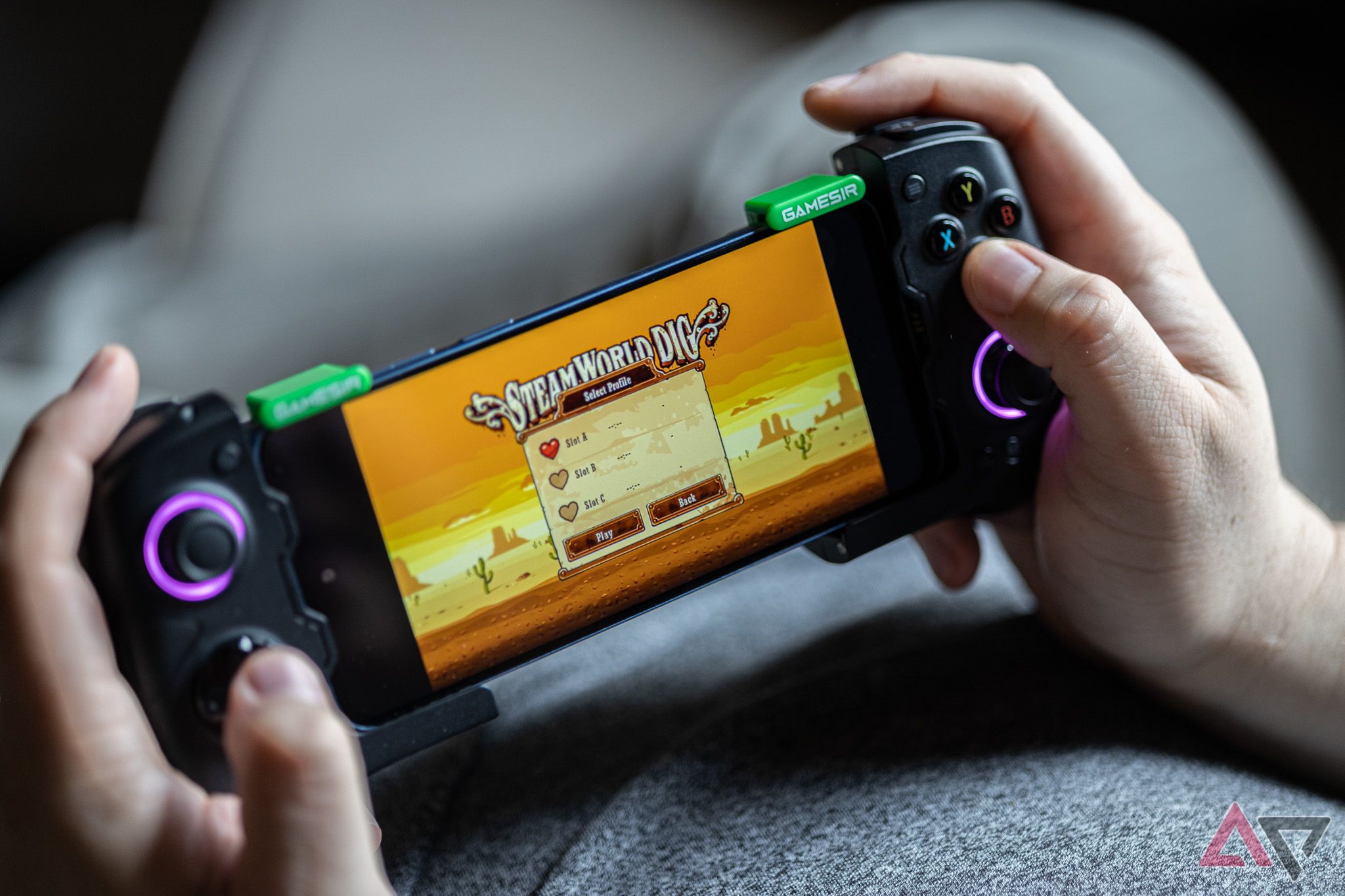
Related
The GameSir X4 Aileron delivers a great gaming experience — while it lasts
A reliable controller if you can get past the compromises
Should you buy it?
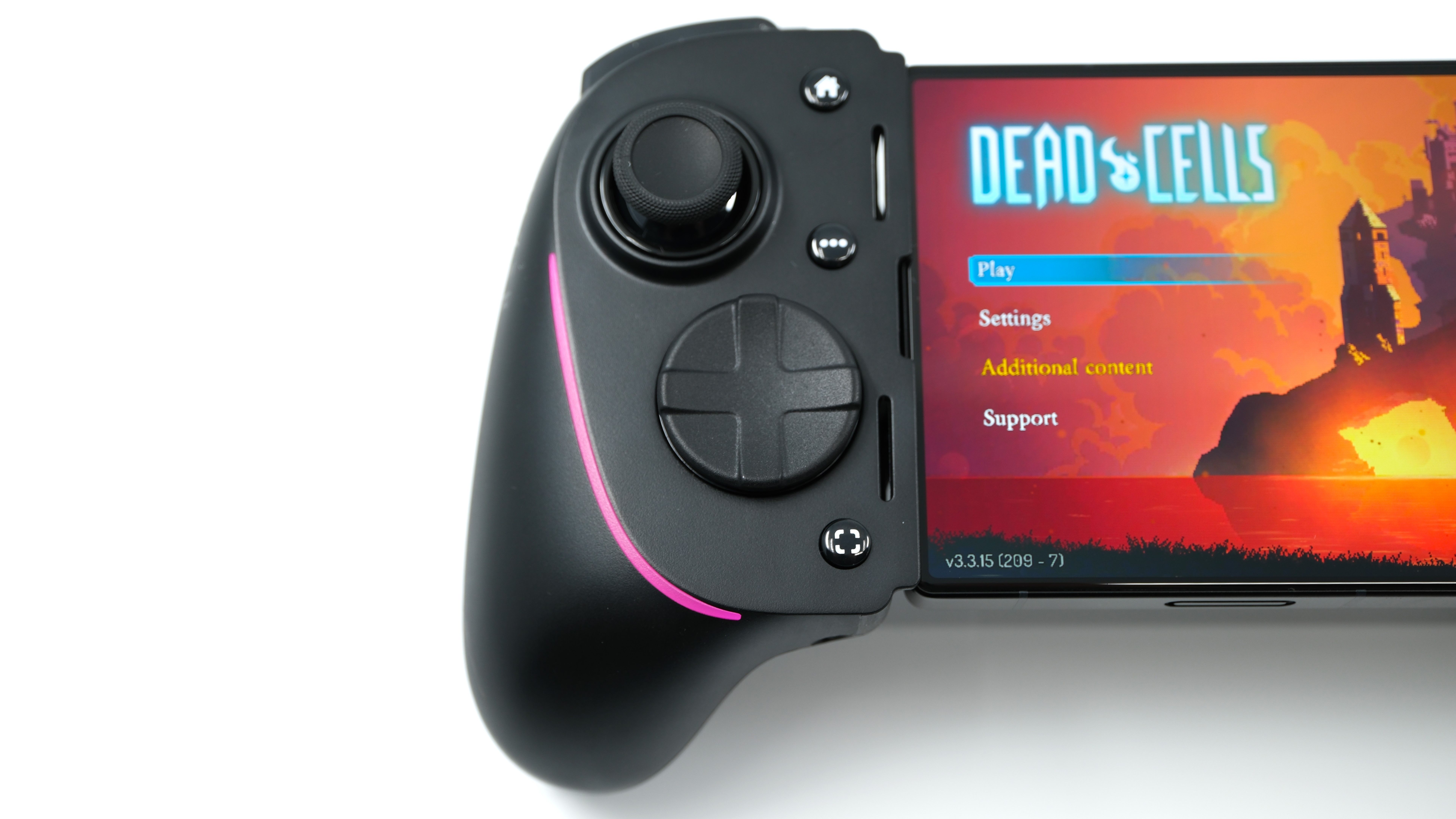
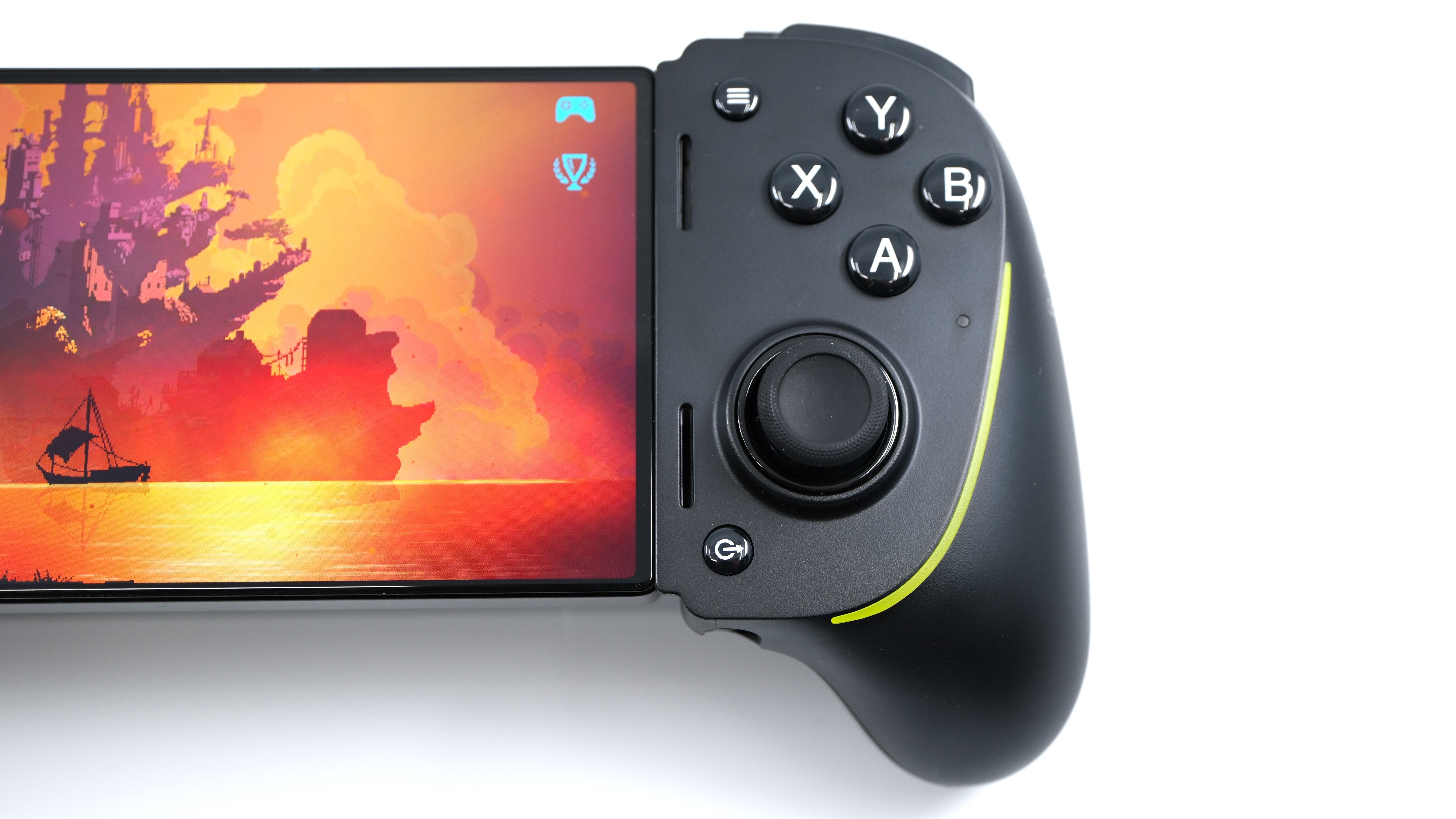
If you are in need of a controller on Android and want the very best, then yes, you should buy the Razer Kishi Ultra. If you’re looking to upgrade from the smaller and more portable V2, the upgrade is harder to justify, unless you absolutely do not enjoy the small size of the V2 and require something more like the size of an Xbox controller. The Razer Kishi Ultra feels familiar in hand compared to console controllers, and to me, that’s a positive thing; familiarity with the feel ensures you can concentrate on gaming instead of how your controller works.
Yes, this is a large controller that isn’t the most portable, and yes, that also means it adds size and weight to your smartphone. The price is also high, likely too high for the majority willing to buy a controller for a mobile. Still, for me, these hurdles are worth dealing with as I absolutely demand the best equipment when I’m gaming, and that is exactly what Razer has made here. So, if you are like me and want the best controller on Android for accurate and comfortable gaming, the Razer Kishi Ultra is it; just expect to pay a bunch for the experience.


Editor’s choice
Razer Kishi Ultra
If you are looking for a controller for an Android or iOS device and require something that feels as close to a console controller as possible, the Razer Kishi Ultra and its full-sized buttons is an obvious choice.
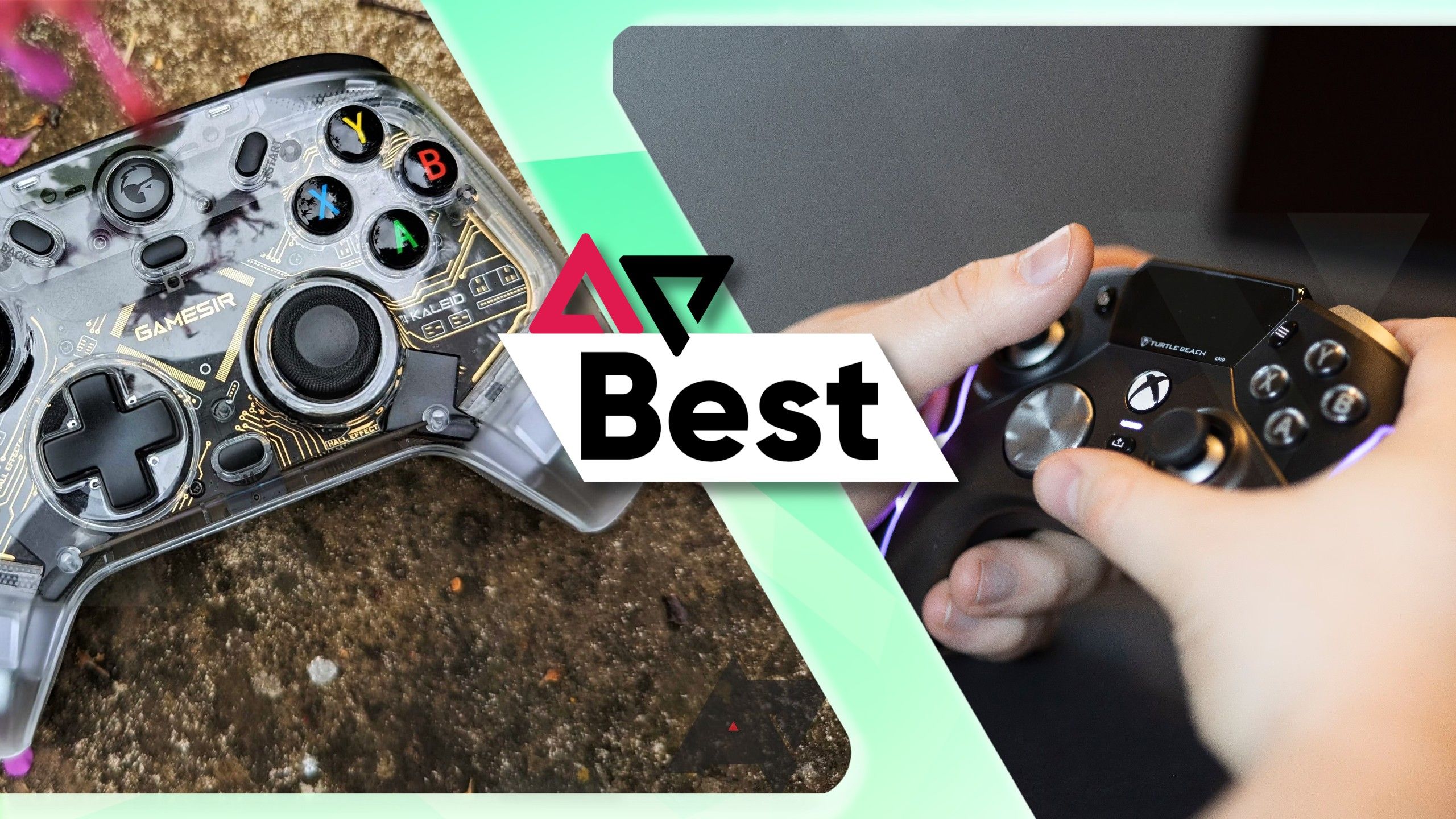
Related
Best game controllers on Android in 2024
Play just about anywhere with your Android
Source link

